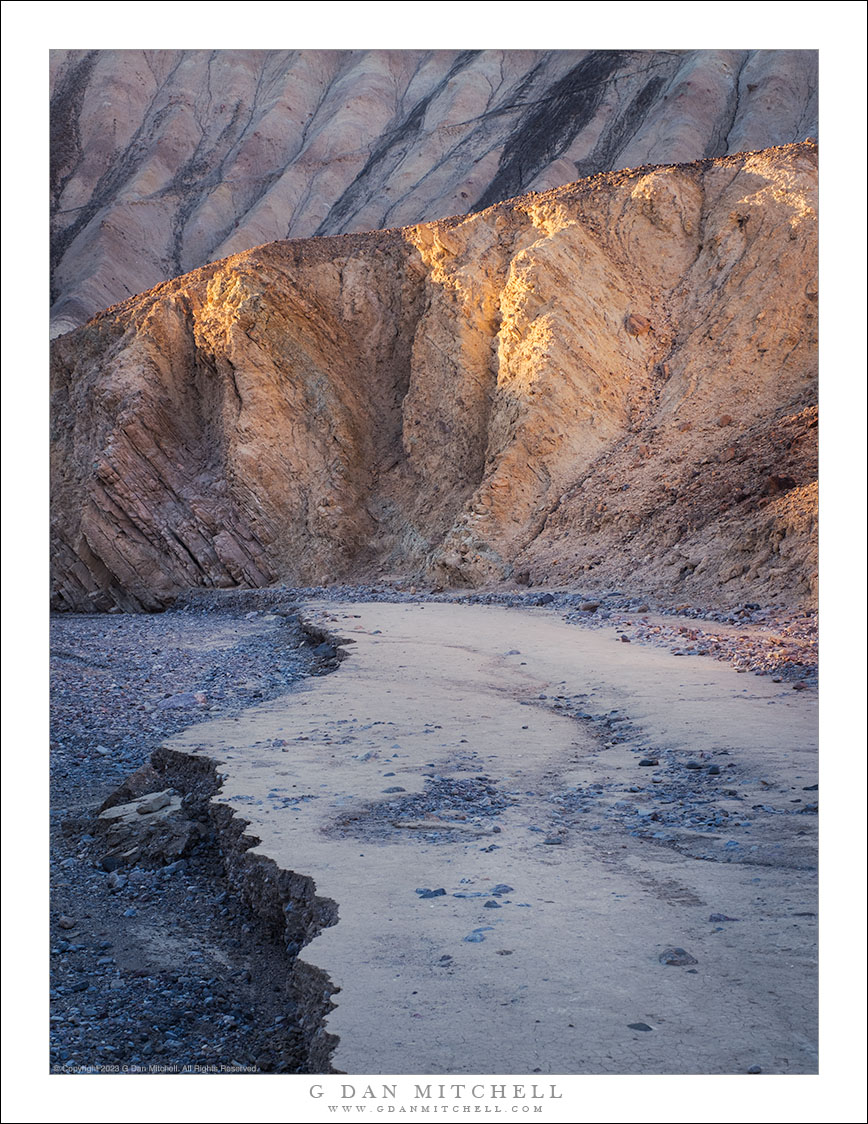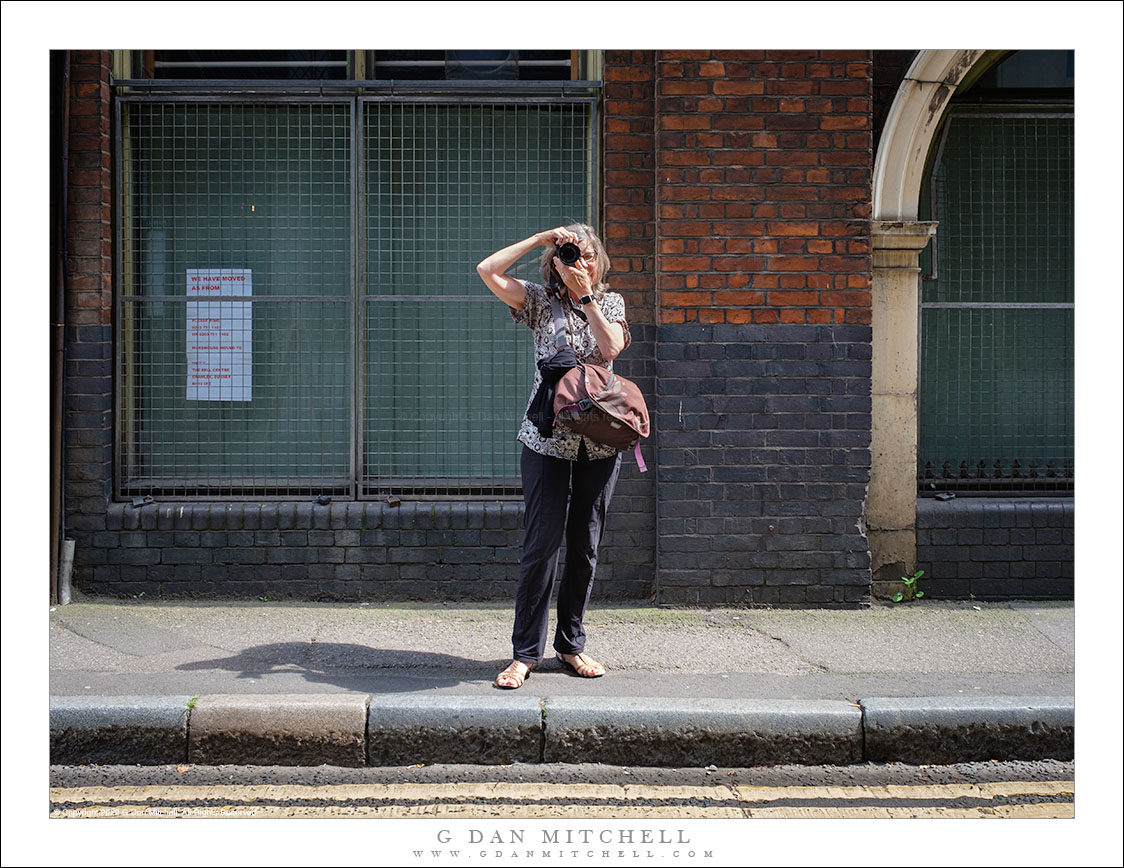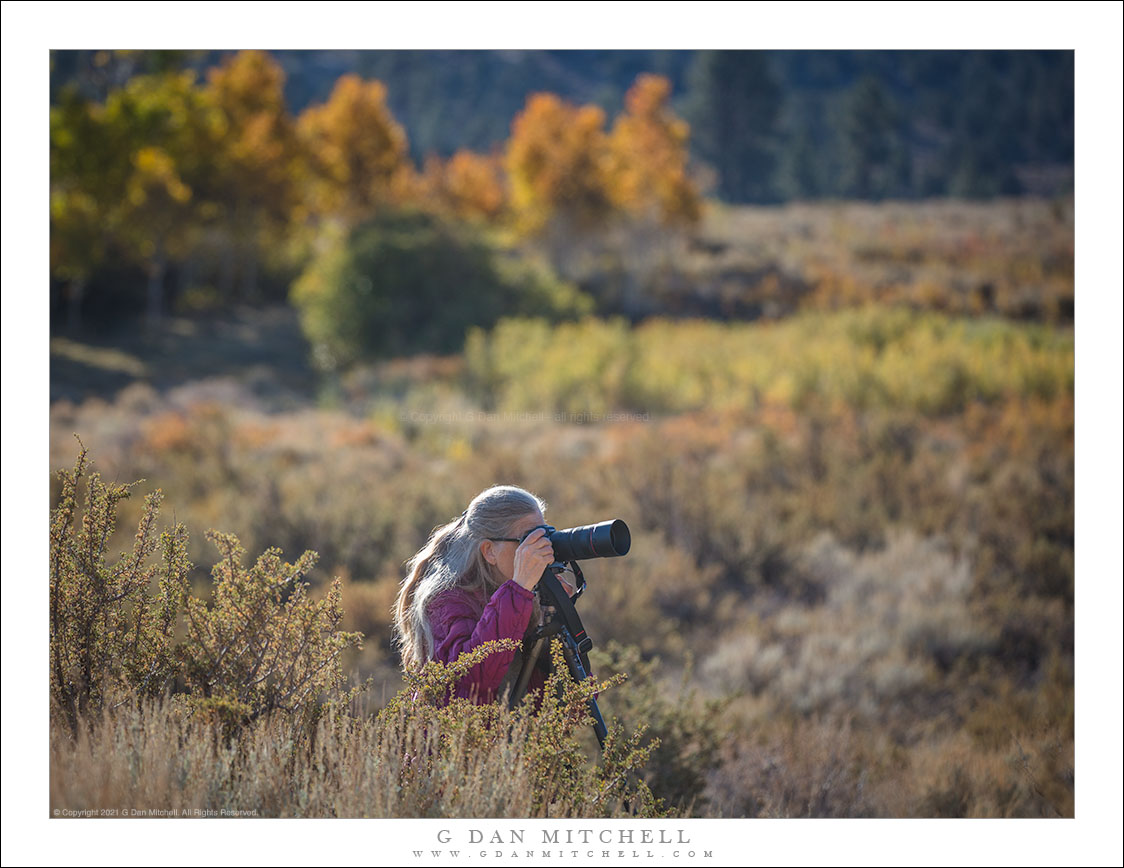From time to time folks contact me with photography questions. If the question seems like it might be of interest others I like to answer here. Today I will respond to one of those questions.
“PJ” writes:
I mentioned that I’ve followed you on the FM site and have had a look at your website.
I know you are/were a big fan of the X-Pro2. I have one with a 35mm f1.4 which I use to toss in the backpack or take on a walk around town. For heavy lifting, I have a full set of Nikon gear.
I may have a case of GAS, as I’ve been seriously considering replacing the X-pro with a Fuji x100vi. Advantages seem to be a smaller, lighter camera, 40mp sensor, IBIS and newer technology. I guess I could get a pancake lens for the x-pro to make it smaller but I’d lose some of the advantages of the x100vi. I’m not so interested in a new camera with interchangeable lenses, which would rule out some of the other Fuji offerings.
My original message to you was to pick your brain and see what suggestions/advice you might have and if you have any opinions on the x100vi.
Look forward to hearing back from you.
I’m glad to share some thoughts on that question, PJ.
Bottom Line Up Front
The Fujifilm X100vi is a very attractive camera, as long as its pluses and minuses align with your needs and expectations. The X-Pro2, though a few ears old, is arguably the best camera in Fujfilm’s X-Pro series and is more adaptable. There are also some other options if you want something the same size with updated features and flexibility.
A Slightly Longer Summary
As I see it, there are three options, each with its own set of pluses and minuses.
The X-Pro2 is still a good camera. While its sensor is a bit older and has less resolution, my experience tells me that it makes great 20″ x 30″ prints. It is a full-featured camera that accepts interchangeable lenses, giving more options if you want to use something other than (or in addition to) your current 35mm f/1.4 lens.
The X100vi is an appealing camera that strikes a chord with users who like the old fixed-lens, manual control aesthetic and appreciate its small size and very good image quality. It also has image stabilization, which can help when shooting with longer shutter speeds in lowe light.To get those things you sacrifice some flexibility.
Other cameras could be good compromises, too. I like the XT5 with its small size (about that of the X-Pro2), ability to use any Fujifilm lens, upgraded 40MP sensor, image stabilization, and other functional improvements. The tiny XE4 (if you can find one!) equipped with the 27mm f/2.8 pancake lens is as small and light as the X100vi, and it accommodates any Fujifilm lens.
All of these are attractive options that can make fine photographs. The trick is matching each option’s pluses and minuses to your own circumstances. (My choice was to move from the X-Pro2 to the XT5 for the higher-resolution, small size, access to more lens options and various other improvements.)
The Full Story
This will be a bit long. The question opens up related questions: is a fixed lens camera the right thing? Is an older camera still sufficient? Are there alternatives to both of those options to consider?
I’ll start with some background for readers who may not be as familiar with these cameras as PJ is.
Continue reading Reader Question: Fujifilm X100vi, XPro2, or…


